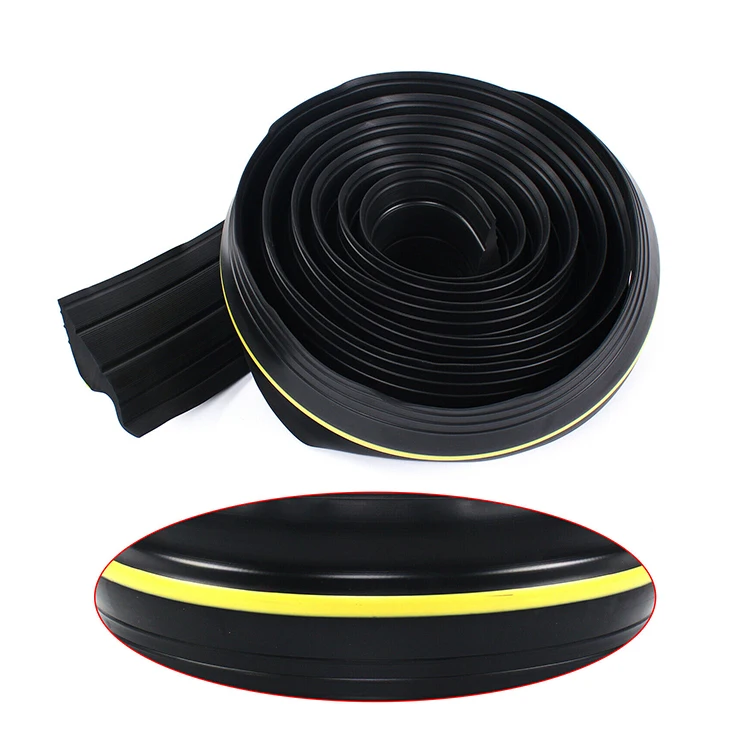Weather seal strips are essential components used to improve energy efficiency, enhance comfort, and increase the longevity of buildings and vehicles. They serve to protect spaces from unwanted airflow, moisture, dust, and noise, all of which can compromise indoor comfort and lead to higher energy costs. With growing awareness about sustainability and energy conservation, the demand for weather seal strips has surged globally, paving the way for a lucrative export market. Here, we delve into the world of weather seal strip exporters, exploring market trends, key players, and factors influencing exports.
 Home
Home

















